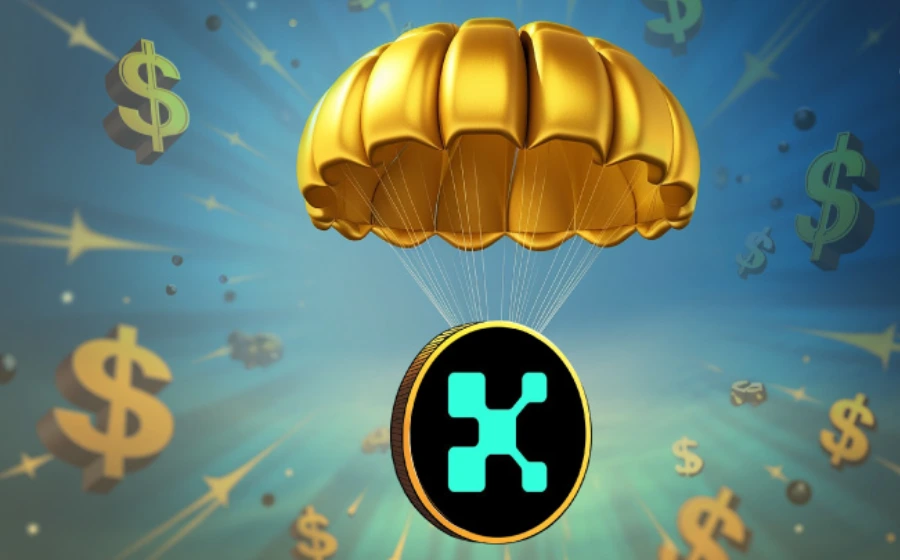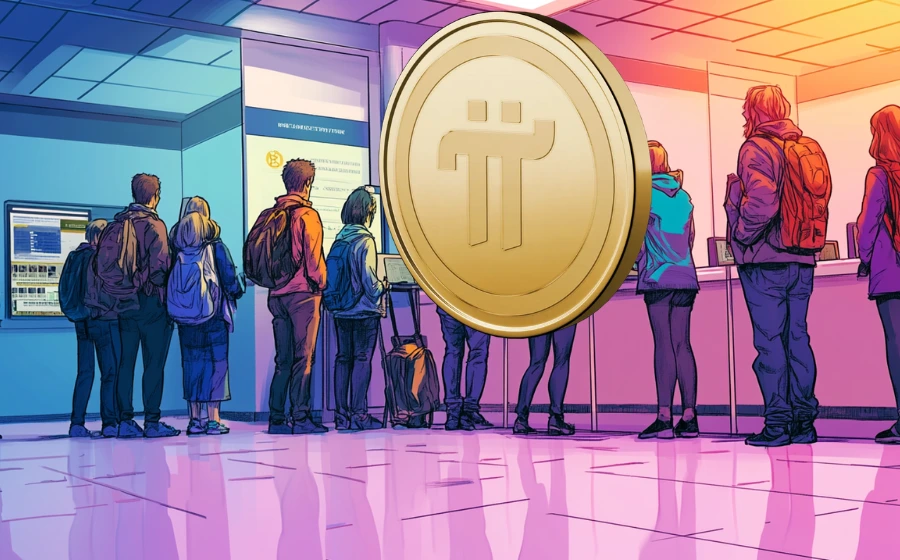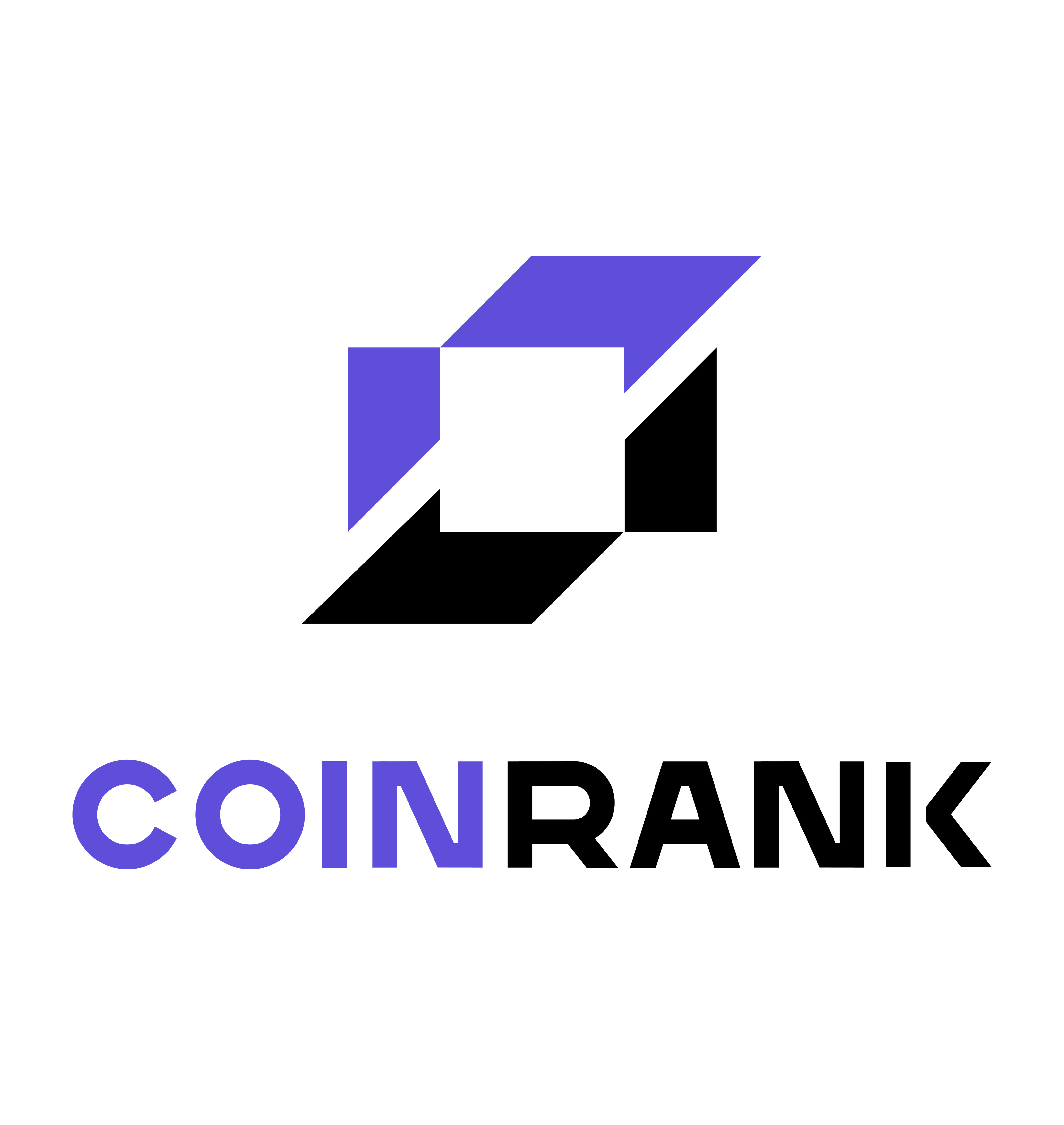
KEYTAKEAWAYS
-
BitMine and SharpLink dominate ETH treasuries, holding over 2 million ETH, using staking and equity financing to expand.
-
Ethereum treasury firms echo MicroStrategy’s Bitcoin model, but ETH offers staking rewards and DeFi benefits for long-term growth.
-
Institutional adoption and ETH ETFs fuel treasury accumulation, pushing ETH’s price upward while raising risks of volatility and dilution.

CONTENT

In 2025, Ethereum (ETH) quickly gained its position as a corporate treasury asset, similar to Bitcoin’s “corporate treasury” wave in the early 2020s. These companies not only view ETH as a store of value but also use its Proof-of-Stake (PoS) mechanism to earn staking rewards and participate in decentralized finance (DeFi) and real-world asset (RWA) ecosystems.
According to the latest data, publicly listed companies now hold more than 3 million ETH, worth about $14 billion, which is around 3.06% of ETH’s total supply. This trend was further boosted by the U.S. Securities and Exchange Commission (SEC) approval of spot ETH ETFs in 2024, which brought more institutional inflows.
Among the participants, the top two Ethereum treasury companies—BitMine Immersion Technologies (ticker: BMNR) and SharpLink Gaming (ticker: SBET)—dominate the field. Together, they hold more than 2 million ETH, worth about $9 billion, which is nearly 65% of all public company ETH holdings.
BITMINE IMMERSION TECHNOLOGIES: THE LEADER OF ETH TREASURY
BitMine Immersion Technologies, once a Bitcoin mining company, transformed in early 2025 into a treasury company focused on ETH. The company is led by well-known investor Tom Lee (co-founder of Fundstrat), with several crypto industry veterans on its board.
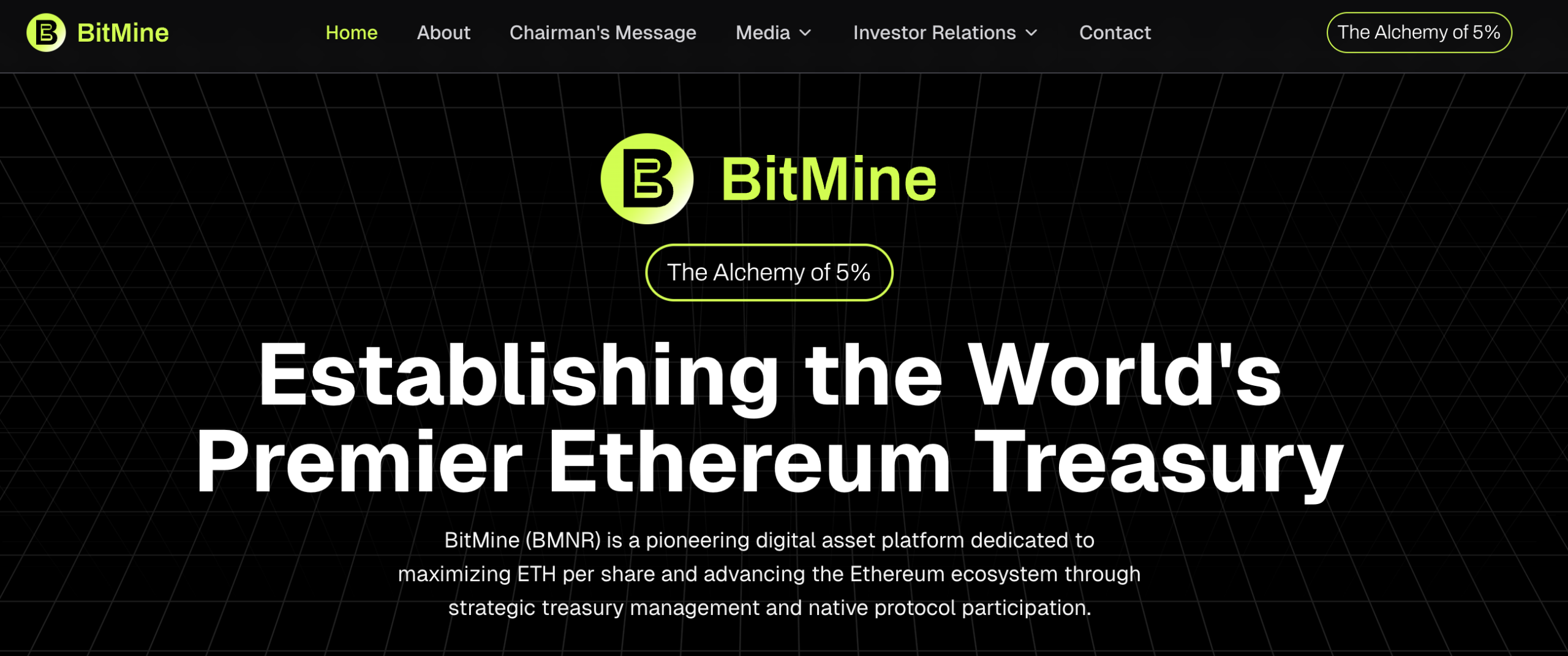
The core of BitMine’s strategy is large-scale ETH acquisition, staking most of its holdings for steady income, and expanding positions through equity financing.
Holdings and Financing
As of August 17, 2025, BitMine holds about 1,297,093 ETH, worth about $5.75 billion. This makes it the largest public company ETH holder in the world, accounting for about 1.07% of ETH supply. Its latest major purchase happened in mid-August, when it spent around $882 million to buy more ETH, boosting its holdings from 833,100 ETH in July by more than 410%.
BitMine mainly uses “at-the-market” (ATM) equity offerings to raise funds. In August, it announced a plan to issue up to $20 billion in stock to buy more ETH. This follows its early-year $25 million PIPE financing, which has now expanded into multi-billion scale.
Tom Lee publicly said the goal is to hold 5% of ETH’s supply (about 6 million ETH), which requires tens of billions in investment. More than 90% of its holdings are already staked, with an estimated annual yield of 4–6%, providing the company with extra cash flow.
SHARPLINK GAMING: FROM GAMING TO ETH EMPIRE
SharpLink Gaming, once a sports betting technology company, shifted to the ETH treasury model in the first half of 2025. The company’s chairman is Joseph Lubin, Ethereum co-founder and Consensys CEO, giving it unique ecosystem advantages. SharpLink’s strategy focuses on ETH as its core reserve asset, while also exploring Web3 applications linked to its gaming background.
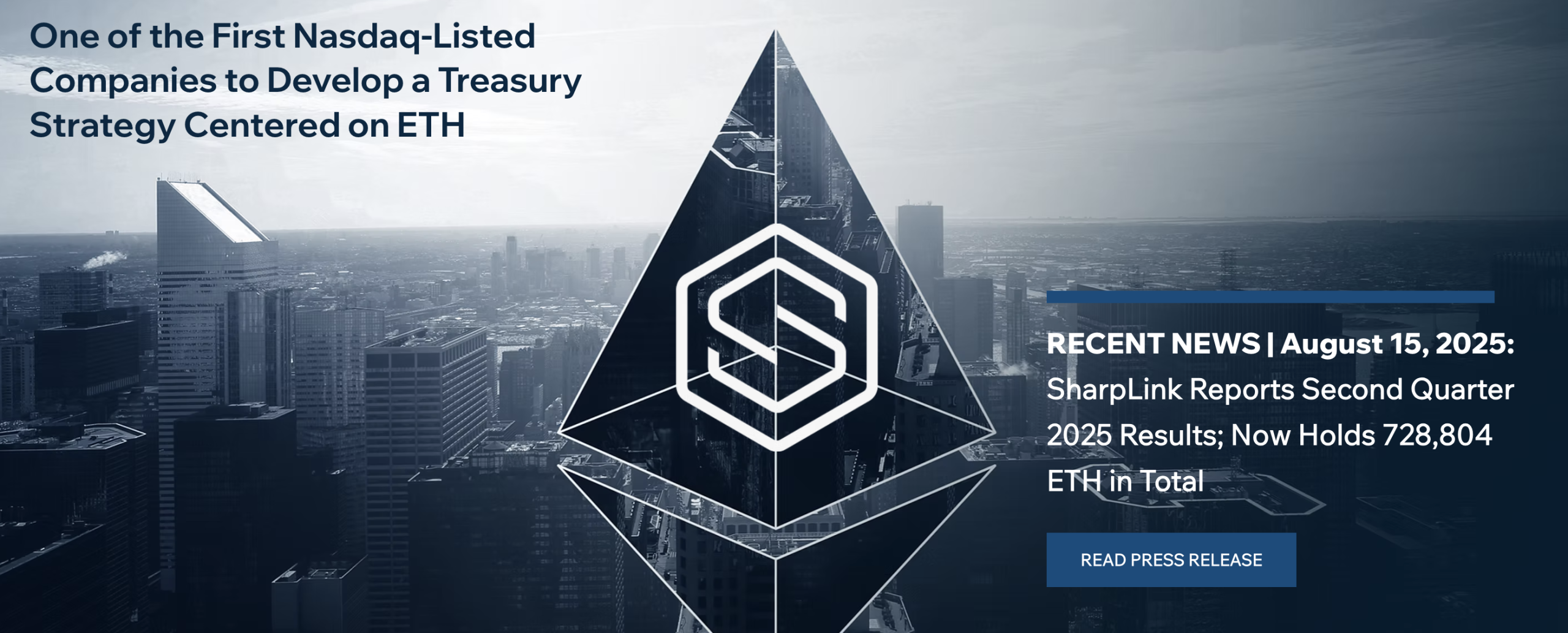
Holdings and Financing
As of August 15, 2025, SharpLink holds 728,804 ETH, worth about $3.4 billion. This makes it the second largest, with around 30% of public ETH holdings. Its Q2 report shows that since June, the company raised $2.6 billion through ATM equity issuance to buy ETH.
Its holdings grew from 521,900 ETH in July to the current level, a 141% increase. About 95% of its ETH is staked, generating around 1,326 ETH in rewards.
SharpLink’s goal is to reach 1 million ETH, and it has already achieved 73%. On August 10, it announced a $40 million direct offering and plans to raise up to $6 billion through stock sales.
The company also reported $671 million in unrealized gains, though it had a net loss of $104.4 million in the first half, mainly due to non-cash impairments and stock compensation.
COMPARISON TO MICROSTRATEGY: VIEW ON ETH TREASURY COMPANIES
The rise of Ethereum treasury companies reminds me of MicroStrategy (MSTR) in the Bitcoin space. Led by Michael Saylor, MicroStrategy started in 2020 to hold Bitcoin as its main reserve asset, raising money through bonds and stock to buy BTC. Its holdings now exceed 226,000 BTC, worth tens of billions.
This strategy not only boosted its market value but also pushed institutional Bitcoin adoption, becoming the model for “corporate Bitcoin treasury.” Despite volatility risks, MicroStrategy proved that crypto can be used as an inflation hedge and diversification tool.
In a similar way, BitMine and SharpLink are following this path for ETH. But ETH’s unique features—staking yield (4–6% annually) and the DeFi ecosystem—make it more “productive.” BitMine aims to hold 5% of ETH’s supply, much like MicroStrategy’s BTC accumulation, while SharpLink, backed by Joseph Lubin, may excel in Web3 integration.
By using ATM issuance and staking, these companies not only provide shareholders with leveraged ETH exposure but also lock supply, helping push ETH’s price from around $3,600 in July to over $4,600 now.
My view on Ethereum treasury companies is positive: they show the shift of crypto from the edge to the mainstream, driving institutional adoption and network utility. Just as MicroStrategy gave traditional investors indirect BTC exposure, these companies offer leveraged access to ETH—especially as ETH ETF inflows exceed $1 billion. Still, risks remain, such as price volatility and equity dilution.
Vitalik Buterin has warned that too much leverage could cause waterfall sell-offs. But overall, this trend may reshape corporate finance, strengthen ETH as the global settlement layer, and signal the arrival of “DeFi Summer 2.0.” If regulation stays supportive (for example, Trump’s pro-crypto stance), ETH treasury companies may become the next MicroStrategy, pushing ETH’s price toward $10,000.
